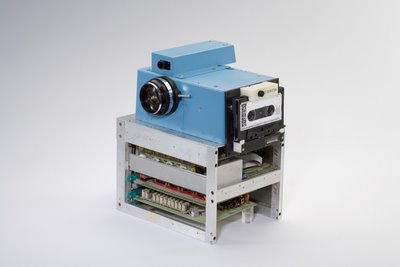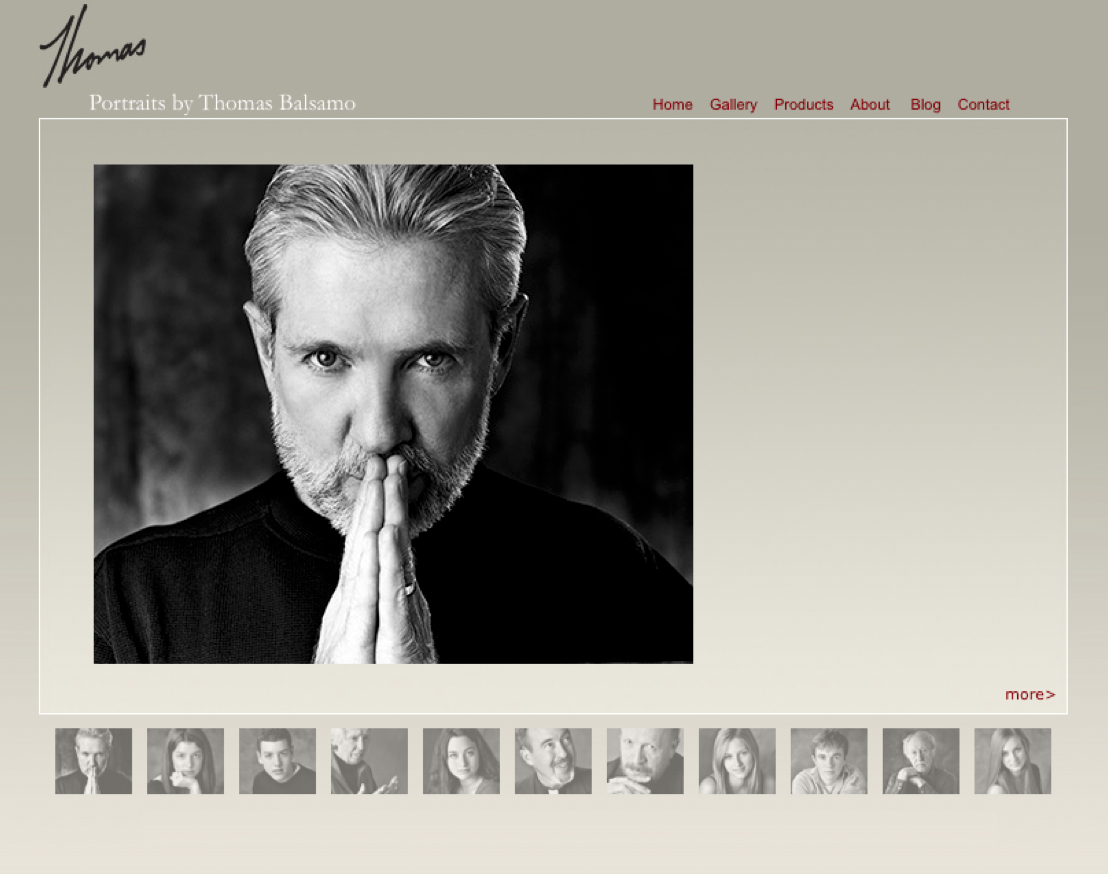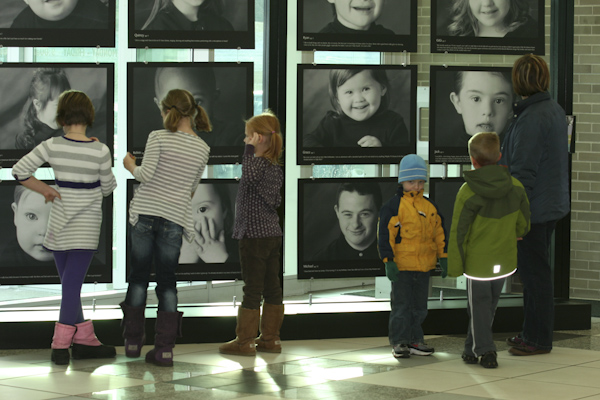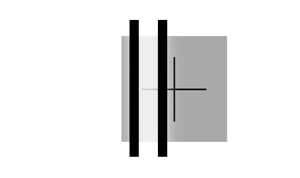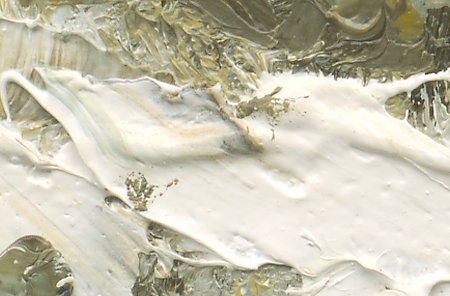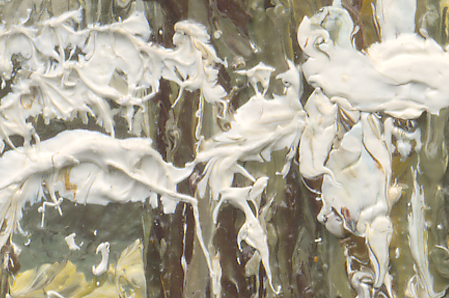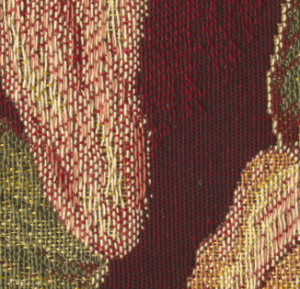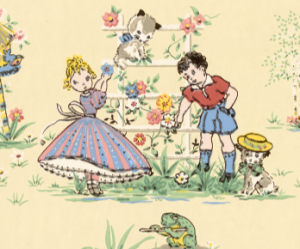 In spite of what they tell you, today’s inkjet printing technology did not spring straight from the loins of a pile of altered IRIS printer parts on the floor of a certain rock-star’s garage.
In spite of what they tell you, today’s inkjet printing technology did not spring straight from the loins of a pile of altered IRIS printer parts on the floor of a certain rock-star’s garage.
Like most technological developments, things went along on several parallel paths, sometimes bumping into themselves, sometimes in completely different directions. Here’s what I’m talking about.
Conventional explanations of how inkjet printing evolved invariably start with the IRIS proofing system and Graham Nash… yes, the “Nash” of Crosby Stills, Nash and Young. DP&I has a great, and fairly typical description of the times and steps that led to the IRIS becoming a fine-art computer-driven printmaking system. The standard wisdom, (of course forwarded by the concerned parties at the time, and heretofore), tells us that between 1989 and 1990 Graham Nash and Mac Holbert (a CSNY roadie) got together with some power tools and started tampering with a $126,000 IRIS proofing system to get it to print photographs on watercolor stock. Read the whole DP&I story for some interesting details, but that’s pretty much what seems to have happened… except the usual debate over who did what- although Nash positioned himself as the spearhead on the venture, many say that Holbert was the guy behind the curtain who made it all work. No matter, Nash and his notoriety were what catapulted fine-art IRIS printing into the public discussion. Enter Jack Duganne and “Giclée Fine Art Printing”.
Duganne was a serigraph printer who lived in Nash’s neighborhood. By popular accounts, he heard about what was going on, got himself in to the Nash studio and took to the IRIS printer right off – serving to plumb the depths of what the machine was capable of as well as show it and the process to its best advantage. Not unaware of the marketing of these prints, he also coined the word Giclée, from the French (la) giclée, (“zhee-clay”) or “that which is sprayed or squirted.” This made the process more attractive to the non-computer-trusting world of the art buyer and collector, and helped brand the process as credible, viable and above all, collectible. The fact that this word had a slightly off-color (sorry, bad pun) connotation seemed not to matter all too much… but is still the source of an occasional geeky snicker.
The usual story line goes from here, that “Giclée” became synonymous with a fine-art digital print and that Epson, Canon and HP saw what-all was going down with the IRIS, and by the mid-’90s had developed a cheaper method that was almost as good, maybe even more archival and proceeded to place printers in the hands of everyone wanting to make a full photographic quality print. Well, I’m here to tell you, it didn’t really go down like that.
Here’s a little timeline I put together a while back on my original blog-
…a Brief History of (Epson) Inkjet Printers
1989
Epson develops MicroPiezo Technology
1994 Desktop color ink jet printer with 720 dpi resolution (EPSON Stylus® COLOR)
(Ted buys one.)
1997
* Desktop color ink jet printers with 1440 dpi resolution
(EPSON Stylus® Color 600, EPSON Stylus® Color 800)
* Six-color photo quality printer (EPSON Stylus® Color Photo)
(Ted buys one.)
1998
* Color ink jet printer selected by NASA for STS-95 mission (EPSON Stylus Color 800)
* Color ink jet printer with built-in USB connectivity (EPSON Stylus Color 740)
(Ted buys Epson Stylus Photo 1200)
1999
* World’s fastest color ink jet printer in its class (EPSON Stylus Color 900)
* iMac printer (EPSON Stylus Color 740i)
* Printers to offer FireWire connectivity
(Ted buys Epson Stylus Photo 1280)
2000
* World’s first edge-to-edge 4″ x 6″ snapshot printing on an ink jet printer
2002
* First seven-color archival desktop photo printer
* World’s first 2 picoliter ink drop in an ink jet printer
(Ted buys Epson Stylus R2400)
2004
(Ted goes broke and decides to write books to pay for all the printers he has bought.)
As you can see, the Epson Micropiezo technology actually pre-dated the IRIS experiments Nash was doing by a year or two. The IRIS system was up and running by ’89, but only as a proofing system. Granted, it wasn’t until ’93 or so that we saw the first Epson photo printer, the 800. Even in the ’80s Epson and Canon had “bubblejet” printers that were capable of doing some near-photographic prints (the first bubblejet, or “thermal inkjet” printer appeared around 1976), and Canon had a digital copier/printer that was doing very early photographic quality digital prints- albeit, not with conventional ink. The Epson Stylus Color was under $1000, (compared to the IRIS at $126,000) and made truly remarkable prints on several different media, from gloss photo to watercolor.
The Epson 1200 was the first printer I used that had non Epson inks available through MIS and Lumijet, as well as Cone Editions. Although the color management was pretty much of a nightmare and the gamut of some inks defied description (and not in a good way), the printers still set a new bar for photo-quality, cheap digital printers. At this point it was clear there was no turning back. One of the big differences between the two processes – inkjet and IRIS – is that an IRIS printer lays down a lot of ink, so it can print on standard cold- and hot-press watercolor stock. A standard Epson inkjet printer sprays a fraction of the volume of ink so it tends to get absorbed into the surface of an untreated paper to the point that colors become washed out and muddied. Much of the development of the process has been focused on refining the surface of the paper – the old-school term is the “mordanting” – so the ink sits at the surface rather than getting absorbed, and the materials – generally a ceramic material – do in fact bear a striking resemblance to traditional paper and textile mordanting materials. That is, clay. That development ultimately led to a process that has a larger color gamut than any true photographic process.
At best I think it’s fair to say that the two similar processes were responding to a need, but doing it in two different paths. Perhaps Nash Editions sparked some demand in the photo market and captured some imaginations, but it’s a far stretch to say that Fine-Art IRIS printing started the whole thing. The fact that “Giclée” is a word used interchangeably for both processes doesn’t help either. By the early ’00s we had ultra-high gamut printers that worked reliably. By 2010, photographic inkjet printing was surpassing silver-based processes, it is reliable, and a fraction of the cost of even it’s recent predecessors.
The fact remains, the real revolution here was not the IRIS process, it was the proliferation of small, cheap desktop photo-quality printing on a vast array of stock, and that came from Epson primarily, and HP and Canon following closely along. Arguably, the real revolution was consummated with the release of the Epson 9600 in 2002, or, for the skeptic, the 9800 in 2005. Five years after the last IRIS printer was made.
One of the interesting stories that goes along with this timeline is the experimentation and development of “alternate” digital processes. Jon Cone was messing with computer-generated printing as far back as 1980, and in the late ’90s people like Dorothy Simpson-Krause were setting up “Digital Aetaliers” in schools like Mass Art- but that’s a story for another time…
-Ted Dillard

